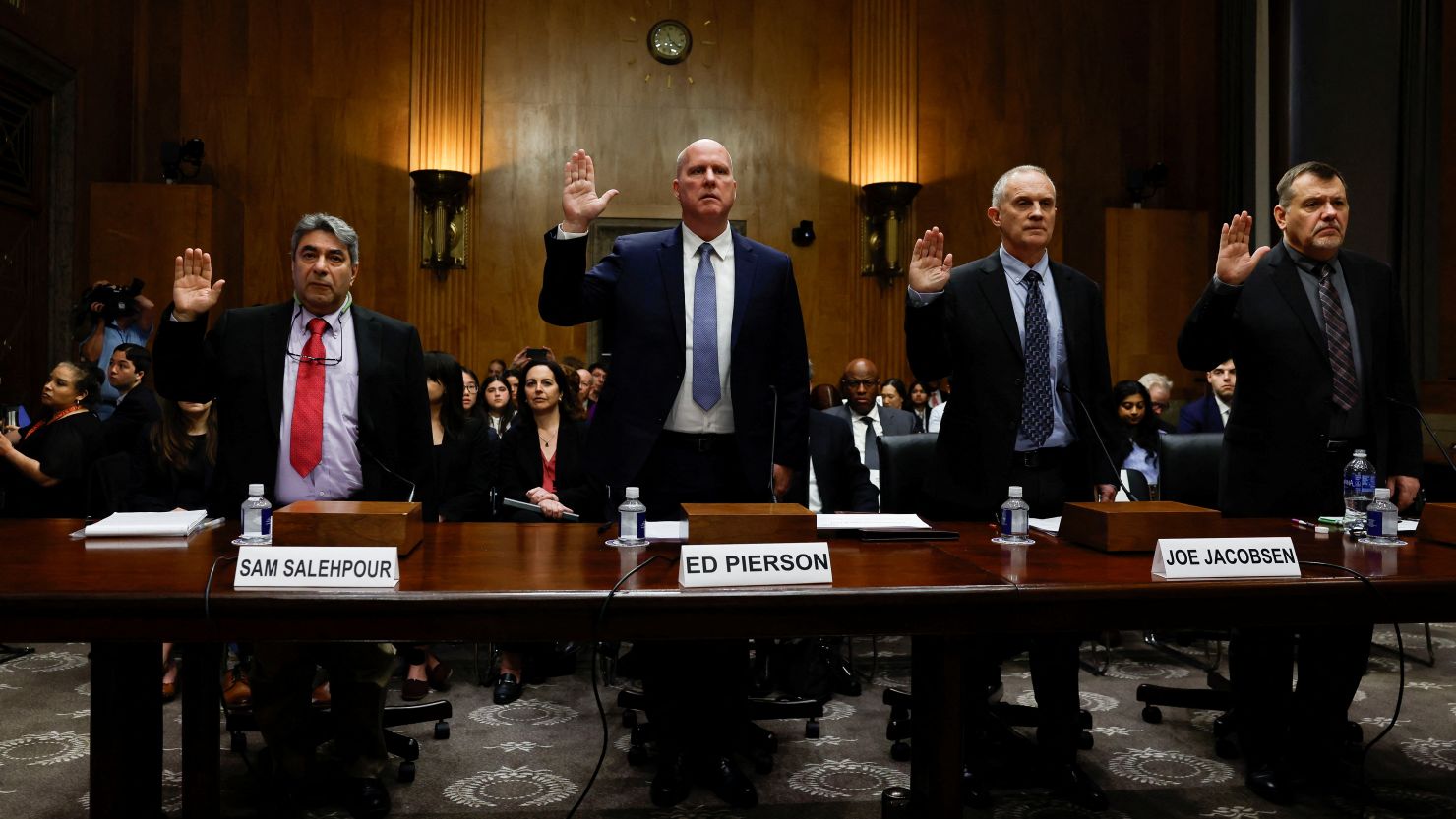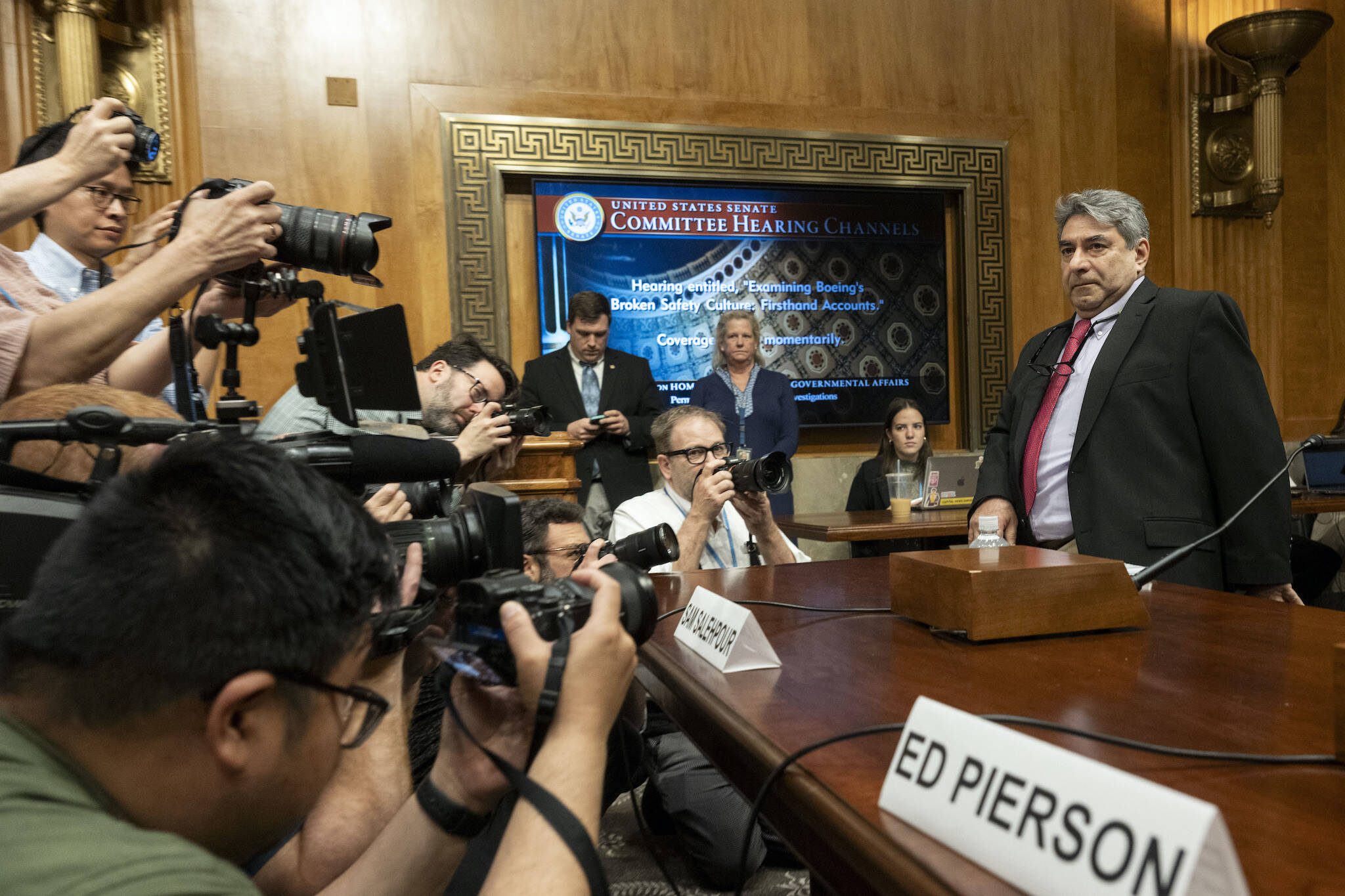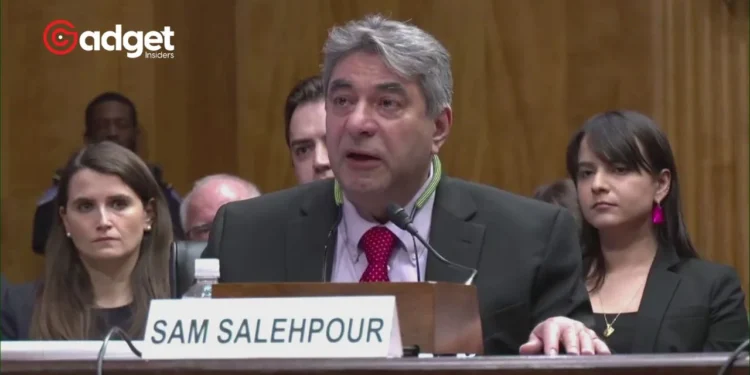At the heart of aviation, where safety should never be compromised, Boeing has recently faced severe scrutiny. In a series of explosive Senate hearings, whistleblowers and experts have come forward, painting a bleak picture of a company that has allegedly prioritized profits over the meticulous safety standards expected in the aerospace industry. This narrative is especially concerning following incidents like a door plug blowing out of a Boeing-made Alaska Airlines plane mid-flight earlier this year.

Witnesses at the hearings, including aviation safety advocates and former engineers, have revealed alarming details about Dreamliner’s operational practices. According to Javier de Luis, an aerospace engineer and MIT lecturer, there is a significant “disconnect between the words of Boeing management and the reality experienced by employees across the company.”
The Senate Commerce Committee, spearheading these investigations, heard testimonies that Boeing has failed to substantially improve its safety culture following the tragic 737 MAX crashes in 2018 and 2019, which claimed 346 lives. Reports indicate that many Boeing employees are unaware of how to raise safety concerns, with one survey showing that 95% of respondents did not know who their chief of safety was.

Whistleblowers Speak
Sam Salehpour and Ed Pierson, both former Boeing engineers, alongside other advocates, detailed a series of allegations that point to a systemic problem of ignoring and even concealing serious defects. “I was sidelined, I was told to shut up, I received physical threats,” Salehpour disclosed, highlighting the harsh response he faced when he raised concerns internally.
Salehpour’s testimony further revealed that defects in Aircraft’s assembly processes for the 787 Dreamliner and 777 could potentially lead to catastrophic failures. He claimed that the gaps between plane parts were not filled as per specifications almost 99% of the time, a defect that could lead to fires or structural failures. Despite the findings, Airliner has contested these claims, asserting the structural integrity of the 787 remains uncompromised.
EXCLUSIVE sewage scandal update! You probably thought you knew the story by now. I’m sorry to say it’s worse than that. Four whistleblowers told me some shocking stuff…. Read on…. https://t.co/sfk6eZEaAU
— Rachel Salvidge (@RachSalv) April 20, 2024
The Ongoing Oversight Debate
The hearings also cast a spotlight on the Federal Aviation Administration (FAA), criticized for inadequate oversight of Boeing. Experts and senators alike questioned whether increasing the number of FAA inspectors would be sufficient to rein in Boeing’s alleged disregard for safety protocols. Former FAA engineer Joe Jacobsen emphasized that while more inspectors might help, a fundamental shift in attitude is required, where “Boeing does not dictate to the FAA.”
The series of hearings underscores a growing concern over Boeing’s ability to manage its quality control and safety, raising red flags for airline passengers worldwide. The presence of multiple whistleblowers over the years, especially following the MAX disasters, suggests a persistent issue with Boeing’s commitment to safety, despite their public assurances.
Boeing’s Safety Crisis: Implications and Calls for Oversight
As Aircraft grapples with these allegations and the looming regulatory and criminal investigations, the aviation industry and passengers are left pondering the implications. With Dreamliner’s CEO set to step down by the end of the year and a past shadowed by a $2.5 billion settlement over the 737 MAX crashes, the future seems fraught with challenges.
The unfolding narrative at Aircraft serves as a critical reminder of the stakes involved in aviation safety. It highlights the need for relentless oversight and transparency, ensuring that the pursuit of profits never overshadows the imperative of passenger safety. As the investigations continue, the aviation world watches closely, hoping for resolutions that will restore faith in one of its giants.










